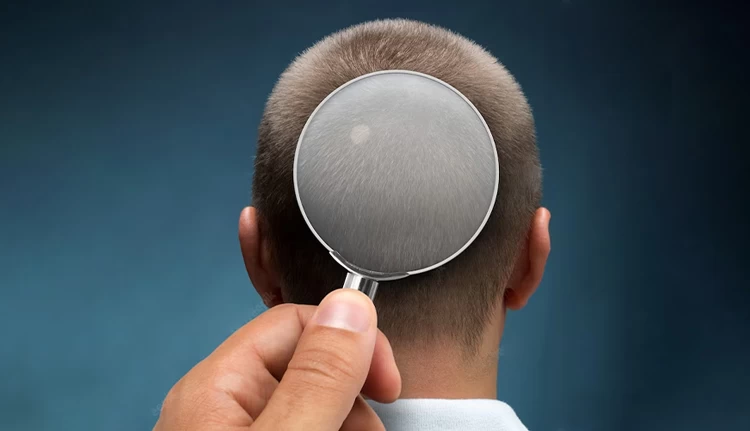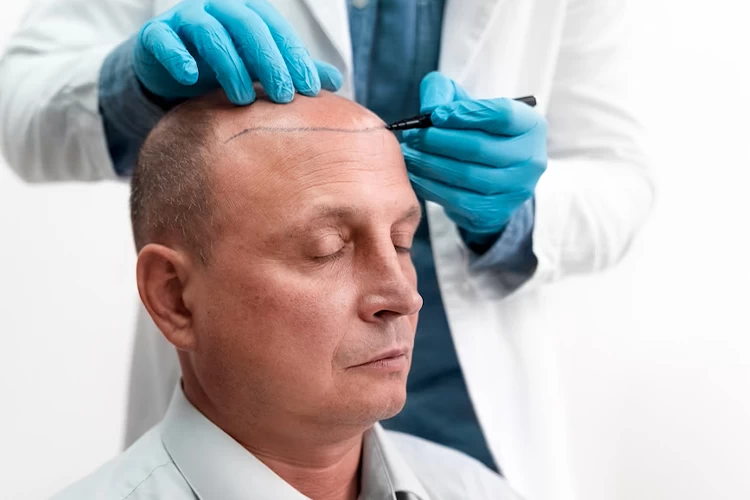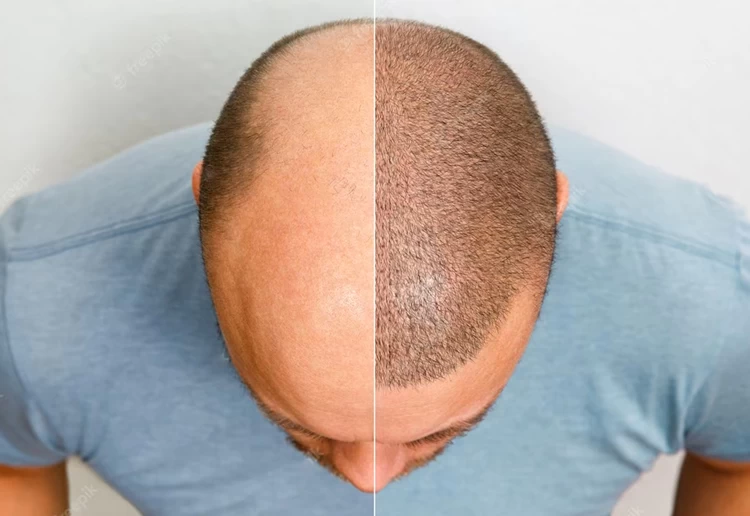In hair transplant, hair grafts are taken from the donor site and are transplanted on the bald area. If these grafts are good quality and the patient treats the underlying issues like hormonal disorders and fungus in advance, the results of this surgery are permanent.
A second hair transplant is done to make the hair look bushier, eliminate the defects of the previous surgery, or conceal the scars of the last hair restoration surgery. Both FUE and FUT can be used in second hair transplant surgery if the patient has enough follicles in their donor site.
Considering factors like cost, expertise of the surgeons, quality of healthcare system, and number of hospitals, the best countries for hair transplant surgery are Iran, Turkey, the Czech Republic, Poland, the UK, India, Malaysia, and India.
Whether a hair transplant works for you depends on your surgeon's chosen technique, the quality and quantity of hair grafts, and how well you take care of your new grafts after the surgery. DHI, FUE, and FUT methods generally have the highest success rate, respectively.
In a DHI hair transplant, the surgeon harvests grafts from the donor area and transplants them into the bald part of the head using a pen-like tool. This operation is minimally invasive, and its recovery takes 2 to 4 weeks. Although it has minor side effects like scalp dryness and moderate pain, its success rate is more than %95.
FUE is a popular hair transplant surgery technique that perfectly restores the frontal hairline and crown. In this operation, the surgeon removes hair follicles from the donor site with micro-punches so there will be no noticeable scars on the scalp after the surgery. The recovery time of FUE is 2 to 3 weeks, but it may take a year for the final results to be revealed.
During the three months of recovery after hair transplant surgery, use proper shampoo, take antibiotics and hair growth medications, apply anti-scar cream, do not lift heavy objects, prevent anything that increases your blood pressure, and avoid scrubbing or scratching your scalp.
Different methods of hair transplant surgery, such as FUT, FUE, and DHI, have been devised to treat total or partial hair loss. Although each of these methods has a distinct procedure, their pre- and post-op care, as well as complications, are quite the same.







